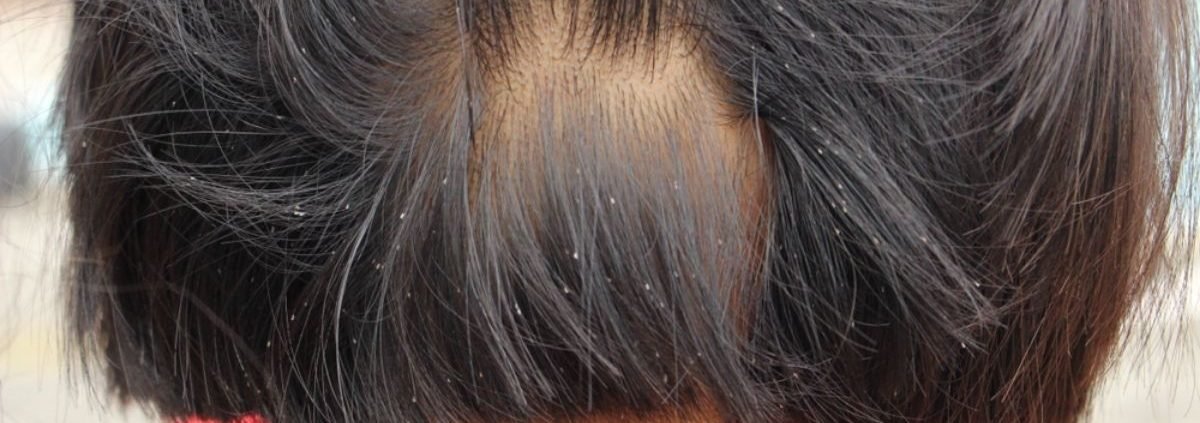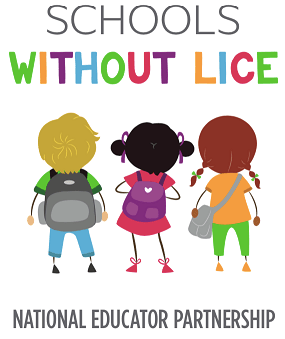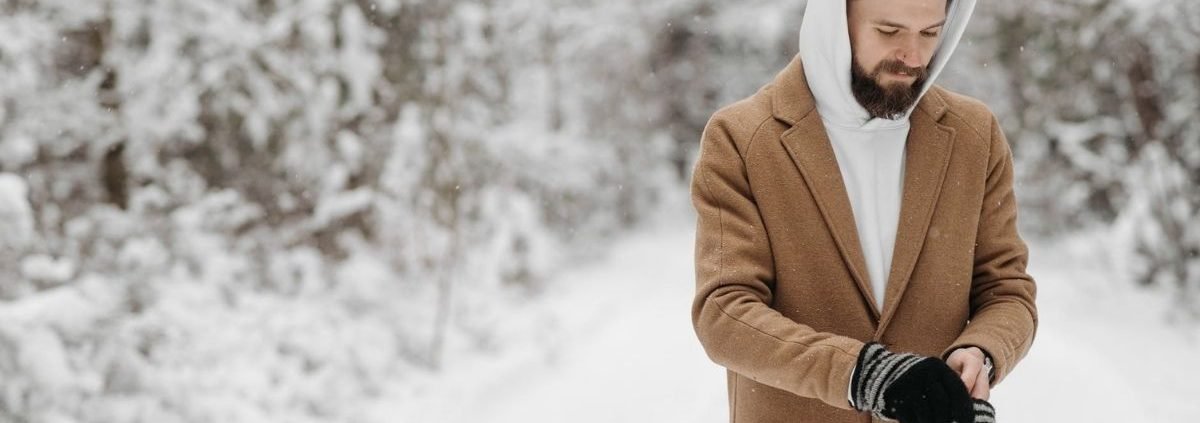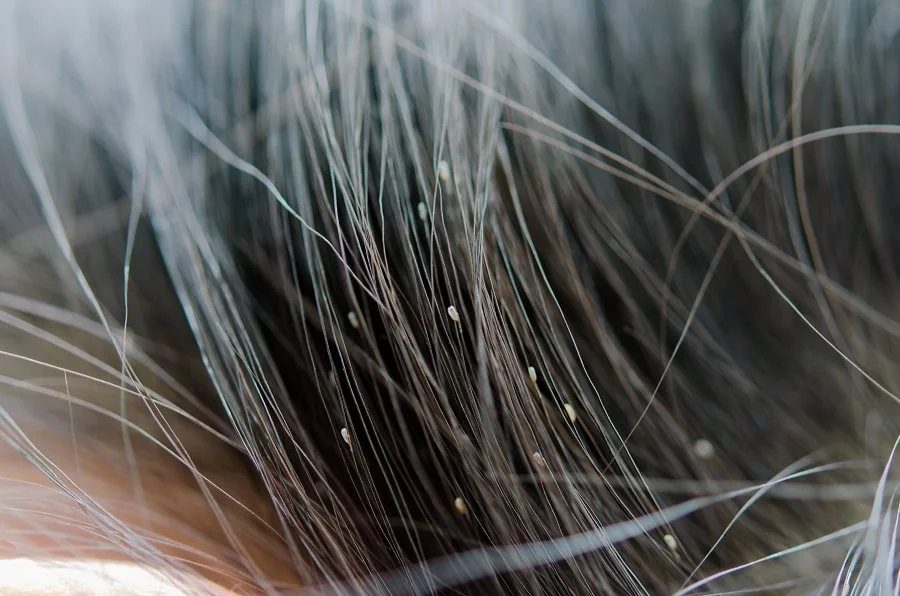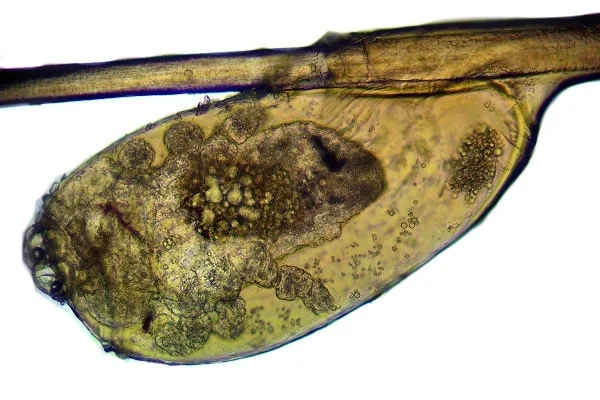What Are Lice Eggs?
If you or someone in your family has head lice, it’s only a matter of time before they have lice eggs in their hair too. These tiny lice eggs are called nits. If you have a fresh case of head lice, there may not be any nits attached to the roots of your hair yet, so it is important that you seek treatment as soon as possible. The life span of head lice is only about 45 days long, so the production of nits can be very rapid. Here are a few facts about nits, how to spot them, and how to get rid of them.
What do lice eggs look like?
Lice eggs take on an off-white, almost brownish color and can be found near the roots of the hair. If you see a tiny oval-shaped blob attached to the base of your hair, chances are, it’s a nit. If it appears white or clear, then it is merely a shell. If the blob is brown or tan it means that the louse has yet to hatch. These eggs can be less than half a millimeter long, and they are difficult to remove by hand.
What to do if you have nits.
Seeing lice eggs in hair can be pretty unsettling, so what do you do to get the tiny eggs out? One of the most popular and effective ways of removing head lice is called wet combing. All you need is a fine-tooth comb, some detangler or conditioner, and some water. You want to start off by getting the hair wet and dividing it up into sections to make the combing process easier and more thorough. Start at the tips of the hair and slowly comb through until you can be sure there are no more lice or nits in that section. After that, just keep combing section by section until the job is done. It is also important that you have something to use to wipe off the comb. You wouldn’t want the lice you just removed to get transferred into a different section of hair.
How long till lice eggs hatch?
If you have head lice, then waiting around for a solution isn’t an option. Nits only take 7 to 10 days to hatch, so the longer you wait to take care of the problem, the worse it gets and the more time you have to spread it to others. Lice can live in the hair for multiple days before they are discovered, giving them plenty of time to lay eggs.
Fresh Heads Lice Removal in Orlando, FL
Finding a safe and efficient cure to head lice is what we specialize in here at Fresh Heads Lice Removal. If you or someone you know is dealing with head lice then please visit our clinics in Jacksonville and Jacksonville Beach, FL, Savannah GA, and Orlando FL. We are dedicated to a chemical-free treatment for head lice that takes just 90 minutes.
Schools Without Lice
At Fresh Heads Lice Removal, our mission is to get rid of lice in schools across the United States. We’ve partnered with the Lice Clinics of America to create the Schools Without Lice program. Through this program, we provide school nurses and teachers with free screenings, resources, and treatments. Together, we can have schools without lice!

